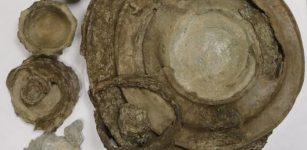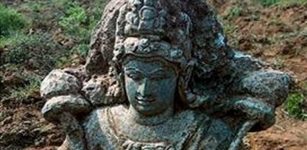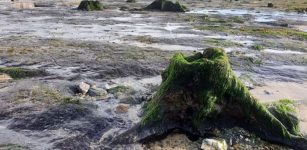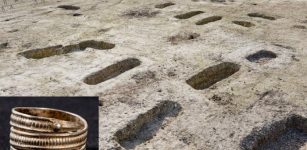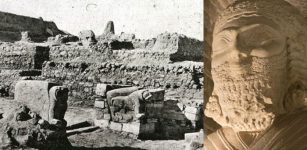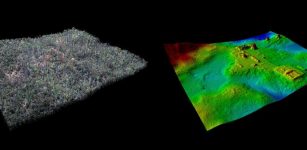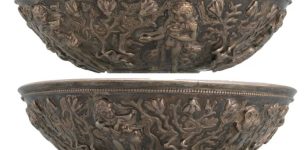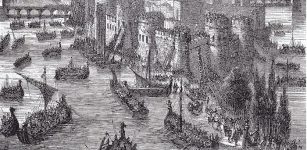Rare Discovery: Remains Of An Avar Warrior And A Belt Unearthed In Vinkovci, Croatia
Conny Waters - AncientPages.com - Remains of an Avar warrior and a belt set that can be dated to the turn of the 7th to the 8th century, have been accidentally unearthed at the city cemetery in Vinkovci, a city in Slavonia, in eastern Croatia.
 Avar warrior. source
Avar warrior. source
Archaeologists made this rare discovery while investigating Avar graves at the site, and according to Vinkovci city museum archaeologist Anita Rapan-Papesa, it is a very valuable find, writes Croatia Week.
"Previously there had been no Avar graves in Vinkovci, but that it was a known fact that there had been Avars in the area, "the archaeologist specializing in the Middle Ages said.
“When we observe the walled grave we have discovered, it turns out that Avars saw how Romans were buried so they made their own copies of Roman graves.”
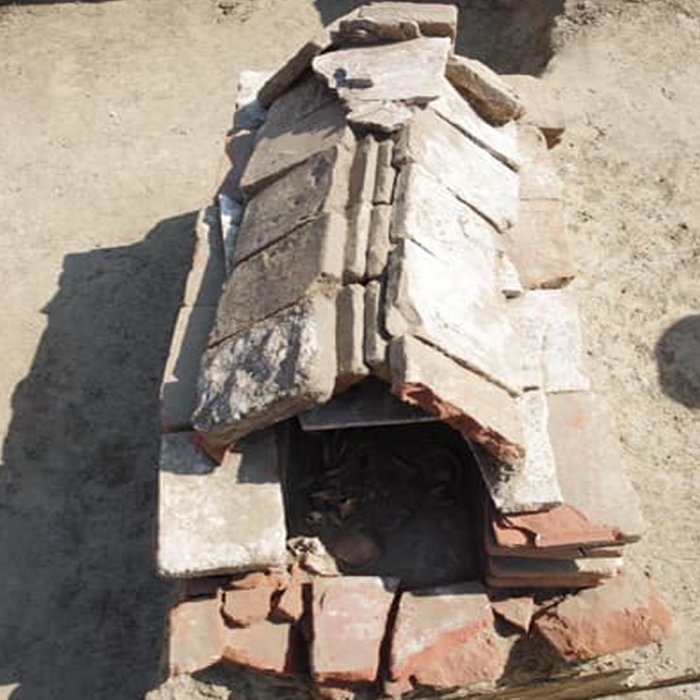 Excavation of Avar grave, Vincovci, Croatia. Image credit: Ivan Bosancic/Facebook
Excavation of Avar grave, Vincovci, Croatia. Image credit: Ivan Bosancic/Facebook
The Avars arrived in the Carpathian Basin in 567/568. The first people to unite the whole of the Carpathian Basin under a single political authority, they established an empire that survived about 250 years, until the early 8th century.
In its early period, Avar culture bore the marks of many different cultures: Byzantine, East European and West European alike. The extraordinarily uniform ‘late Avar culture’ which developed in the 8th century was first and foremost a Carpathian Basin phenomenon.
It was the Avars who brought the stirrup to Europe. By using stirrups, a rider was better able to stay on his horse; also, he could stand up and could shoot arrows while riding, according to ancient records.
 Image credit: Ivan Bosancic/Facebook
Image credit: Ivan Bosancic/Facebook
The archaeologists excavating at the site of Vinkovci cemetery that in addition to the walled grave, they also investigated an ordinary earthen grave, where they found a warrior and his horse, with unique bridle ornaments.
Rapan-Papeša underscored that the border of the protected archaeological site in Vinkovci went through the middle of the field where the Avar graves had been unearthed and that they were the westernmost graves in the area of the former Roman city of Cibalae.
There are five more Avar graves to be explored, and as the work on expanding burial plots in the city cemetery in Vinkovci continues, further archaeological research will continue, as well.
Written by Conny Waters - AncientPages.com Staff Writer

